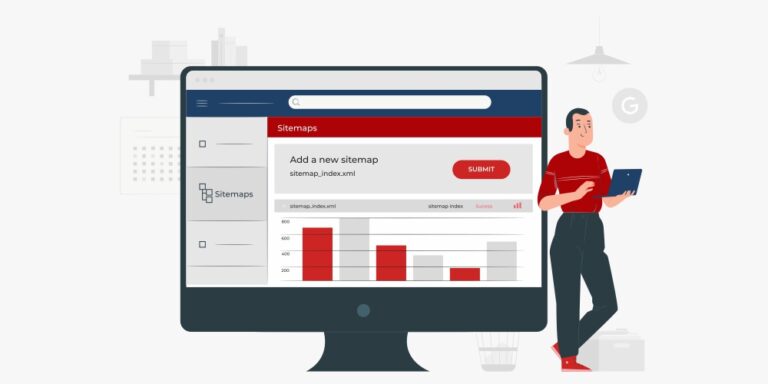
Businesses and website owners need to have a solid understanding of their website’s performance and user behaviour. This is where website analytics and tracking come in. By monitoring website traffic and user engagement, website owners can make informed decisions to optimize their websites for better performance, user experience, and ultimately, greater business success.
Now we’ll explore what website analytics and tracking are, why they’re important, the tools available for them, and best practices for website analytics and tracking.

Website analytics and tracking refer to the practice of monitoring and analyzing website traffic and user behavior. This includes collecting data such as the number of visitors, where they’re coming from, what pages they’re visiting, how long they’re staying on the site, and what actions they’re taking.
By collecting this data, website owners can gain valuable insights into how users interact with their site, what content is most popular, and where they may be experiencing challenges or barriers.
Analytics and tracking can also provide information on the effectiveness of marketing campaigns and the return on investment of various initiatives. It helps website owners understand how users are finding their website, what content is resonating, and what areas may need improvement to enhance user experience and drive conversions.
Website analytics and tracking are critical for businesses and website owners because they provide valuable data that helps in making informed decisions. By analyzing website traffic and user behavior, website owners can gain insights into the effectiveness of their website, marketing campaigns, and business strategies.
For example, if a website owner finds that a particular marketing campaign is driving significant traffic, they may choose to allocate more resources to that initiative or run similar campaigns in the future.
Analytics and tracking can also help website owners identify areas of their website that may be causing confusion or frustration for users. If a website owner finds that a particular page has a high bounce rate or low engagement, they can use this information to make changes to the page and improve user experience.
Overall, website analytics and tracking are critical for optimizing website performance, user experience, and business success.
![]()
There are several tools available for website analytics and tracking. Google Analytics is a popular and widely used tool that provides comprehensive insights into website traffic and user behavior. Other popular tools include Adobe Analytics, Kissmetrics, and Mixpanel.
These tools provide website owners with valuable data such as the number of visitors, how long they’re staying on the site, which pages they’re visiting, and what actions they’re taking.
Additionally, website owners can use tracking codes and cookies to collect more granular data, such as user behavior on specific pages, conversion rates, and user demographics. These tools and technologies allow website owners to collect detailed information about their users and their behavior on the website.
![]()
Here are some best practices for using website analytics and tracking tools effectively:
Website analytics and tracking are essential for understanding website performance and optimizing the site for better user experience and higher search engine rankings. By using the tools and best practices outlined in this article, website owners can gain valuable insights into user behavior, traffic sources, and the success of their website.









2162 21st W, North Vancouver
778-927-7424
info[at]maplewebdesign.ca

2162 21st W, North Vancouver
778-927-7424
© 2024 Maple Web Designs. All rights reserved.